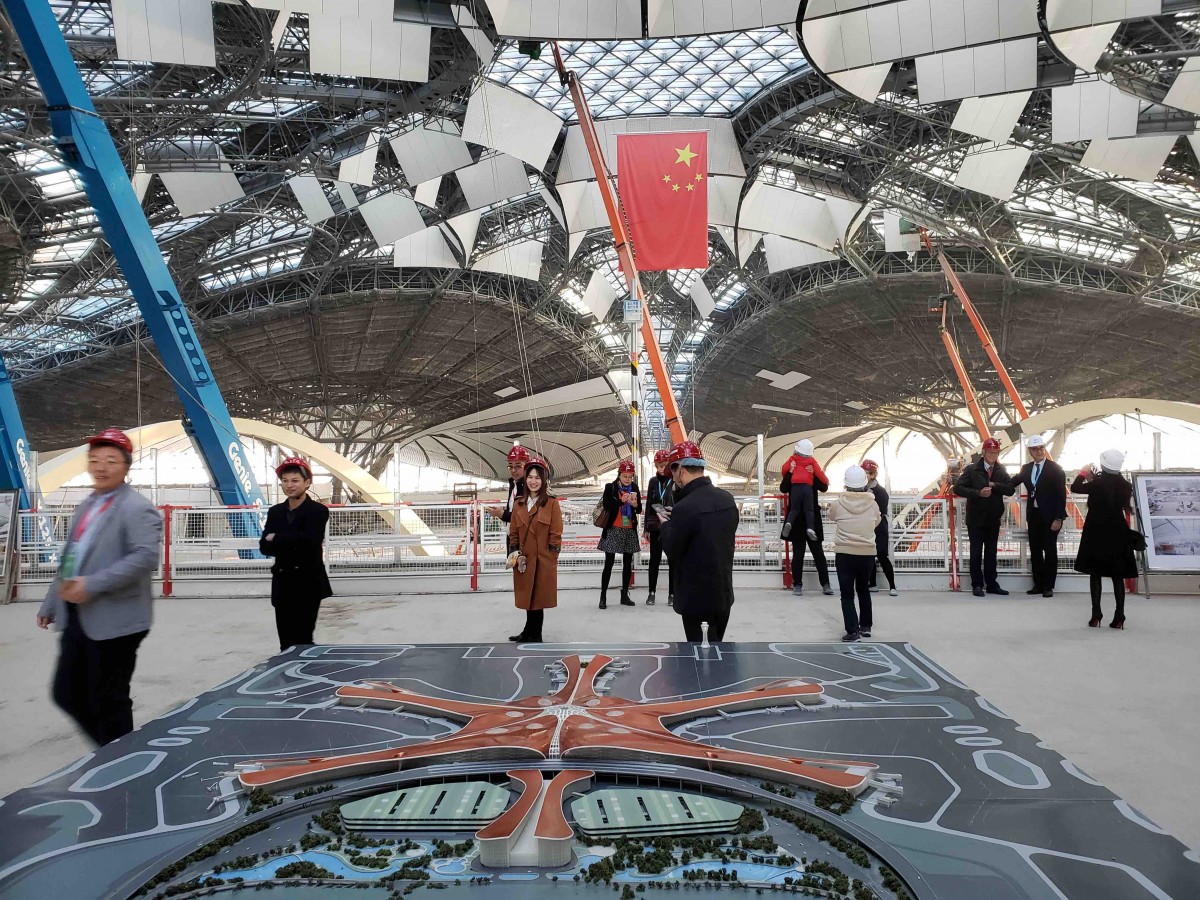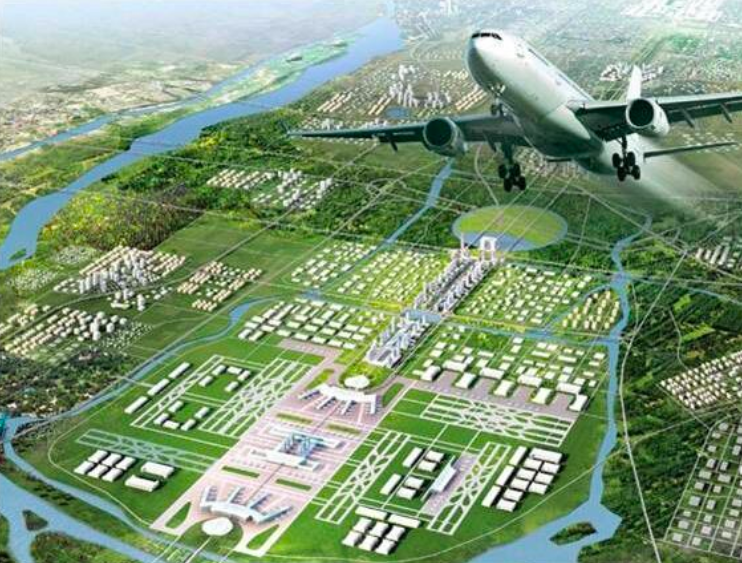Promote the integration of aviation and high-speed rail
Successful airports are reinventing themselves as multimodal mobility hubs, where road, rail, and maritime networks intersect with air transportation. As the examples of Shanghai Hongqiao and Beijing Daxing reveal, China is quickly becoming a global leader in the integration of aviation and high-speed rail. But Chinese airports—and Chinese airlines—need to do more if they want these intermodal hubs to reach their full potential.
A look abroad offers a few clues on how to do that. For example, the German airline Lufthansa operates an online ticketing platform where customers can combine air and rail journeys within a single purchase. On busy train routes, the airline provides dedicated seating for air-rail transfer passengers in branded Lufthansa carriages. Switzerland’s railway authority allows air travelers to deposit their baggage at train stations, which is then checked through to their final destination. Getting rid of luggage at the start of the journey increases the speed and efficiency of passenger flows, and makes passengers more likely to purchase goods and services along the way.
Overall, this air-rail integration will be good for Chinese airports, who can increase their throughput and grow their catchment area through high-speed connections on the ground. And by shifting some short-haul traffic to high-speed rail, airports can free up airside capacity for more lucrative medium- and long-haul flights. But resistance from airlines, along with poor coordination between air and land transport ministries, may pose significant challenges. In response, successful airports will develop pilot programs that promote new forms of cooperative governance, cross-investment, and profit-sharing across transport sectors.




